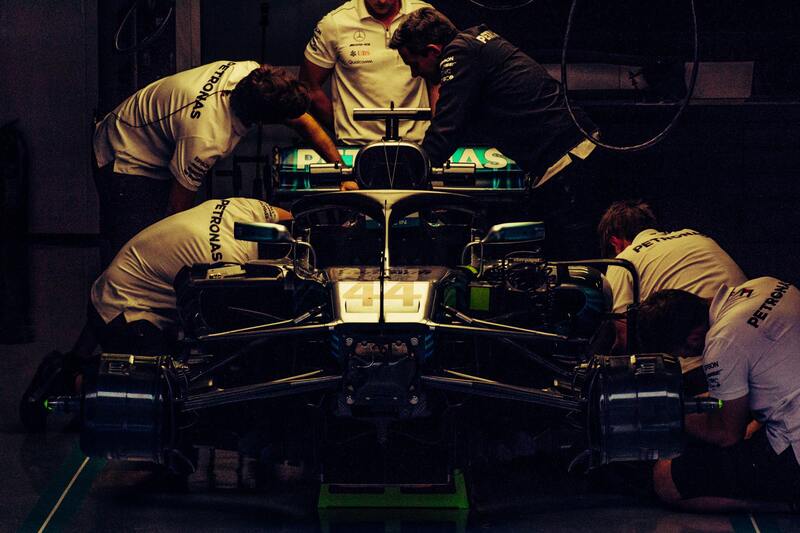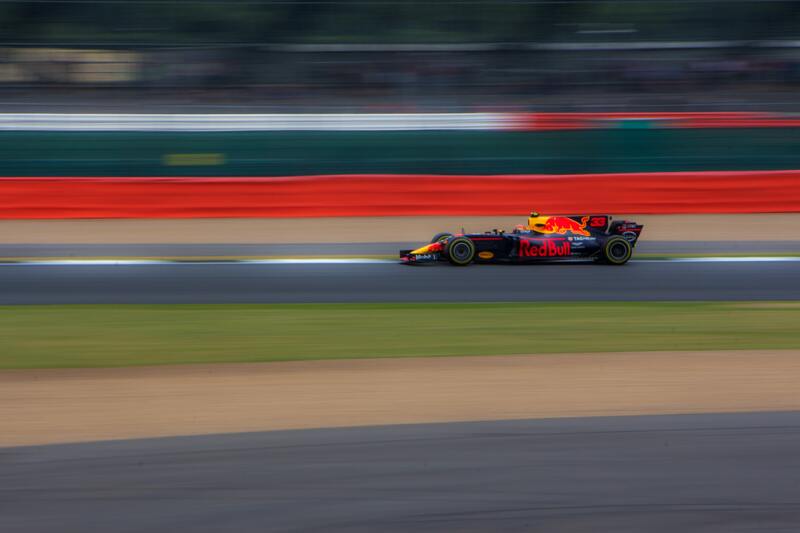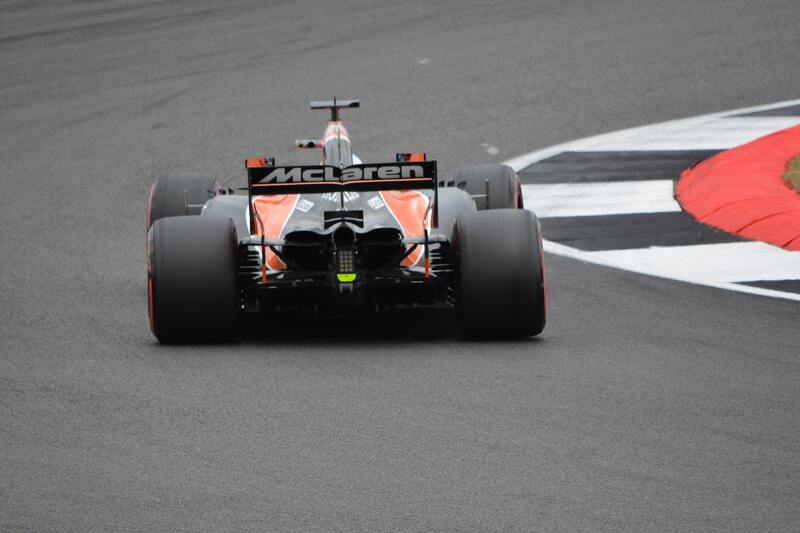
What does spread mean in betting
Inequality has always been present in Formula 1, but it appears that the teams, Liberty Media and the FIA are finally ready to redress this balance with the 2021 F1 cost cap and development restrictions. This week F1 ratified a range of new measures intended to create a more even playing field, against the backdrop of job cuts and salary reductions at a number of teams.
The intended regulations planned for 2021, and now 2022, had been the first step in an overhaul of the sport by Liberty, with the new rules aimed at creating more raceable cars and well-matched teams.
The initial plans included a F1 cost cap of $175m, with exceptions including driver salaries and marketing expenses, but that has now been brought down to $145m in light of the global economic situation. The cost cap will then be brought down to $140m for the 2022 season and then $135m for the 2023 campaign.

This is a serious step-change for F1, which has seen spending grow out of control in recent years as Red Bull and Ferrari pour resources into their car as they look to out-develop six-time champions Mercedes.
Another interesting development is the introduction of development quotas, which represent the first efforts within F1 to handicap the leading teams.
Under the new system the team that finished last in the previous season’s standings will be granted more wind tunnel time than the team in ninth, with the winning team able to spend less time on development than their rivals.
This attempt at balancing performance goes against the historic ethos of F1 in the eyes of some fans, who believe that the development race that takes place each winter is part of the essence of the competition.

The impact that such a measure has on the relative competitiveness of the field remains to be seen though, although it is unlikely that its introduction will have pleased all of the teams.
After being entirely dominant between the early phase of the turbo-hybrid era between 2014 and 2016, Mercedes have been pegged back by Red Bull and Ferrari and may fear that this narrowing advantage could be lost if their main rivals are able to spend more time developing their car.
Similarly, Ferrari have faced accusations over a lack of efficiency, with the Maranello-based team failing to win a championship since 2008, despite consistently being one of the top spenders.
Whatever the impact, it is clear that Liberty and the FIA are serious about making the sport more sustainable and equal going forward.
Midfield teams such as McLaren and Racing Point are likely to be the big winners from the changes, with both squads aiming to bridge the gap between the midfield and the top three. McLaren has incredible heritage and following a few barren years appear to have reorganised effectively, while Racing Point are excited about the potential of a new partnership with Aston Martin.
However, neither team have been able to compete with Mercedes of Ferrari in terms of size or investment in recent years and will now hope that the limits of spending and development can bring them closer to their level. The focus will now be fully placed on the efficiency of their operations and it will be interesting to see how the traditionally under-funded independent teams can match up to the established giants.
Overall, these measures represent a fascinating change in approach for the sport and a sign of the commitment to creating a more even playing field. There is an increasing pressure on a sport to think of itself as entertainment and F1 will now see itself as competing with Netflix and Disney+ as much as it is with other sports. In that sense, a more financially equitable sport with more teams and drivers that are able to compete makes perfect sense.
What they now must show is that these measures will actually work in practice.